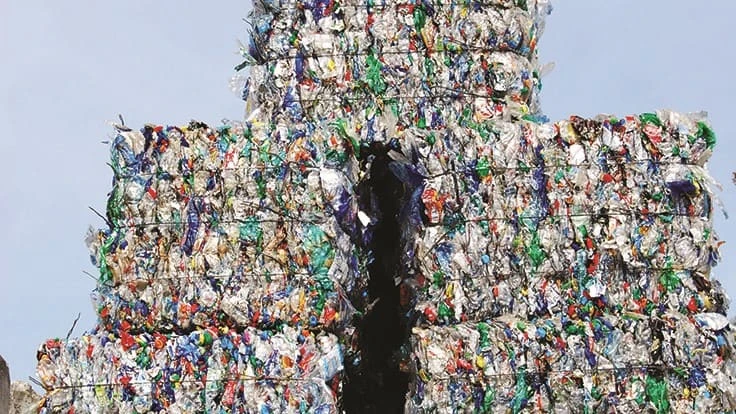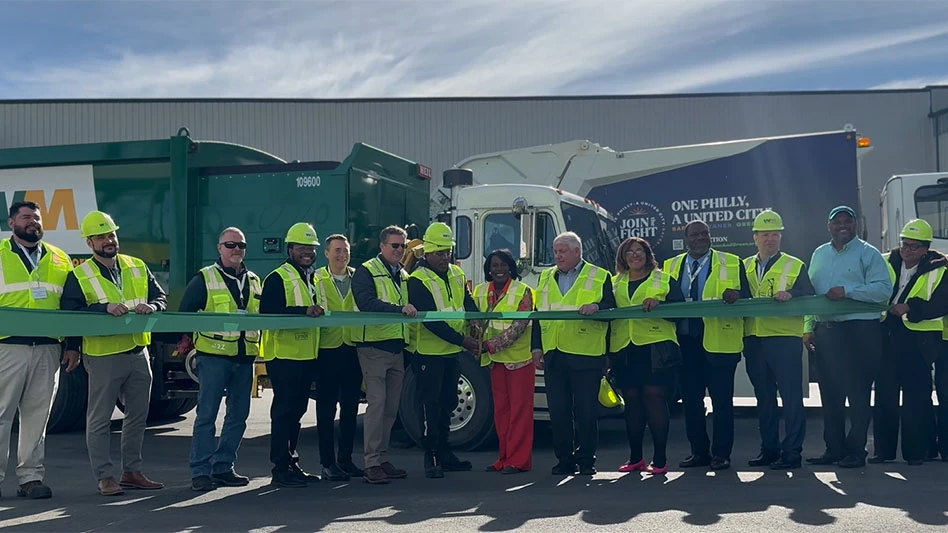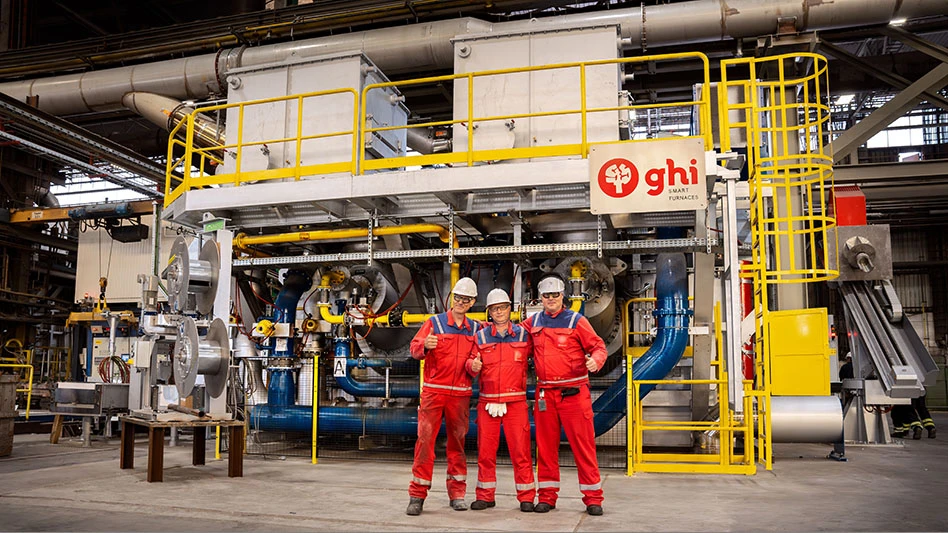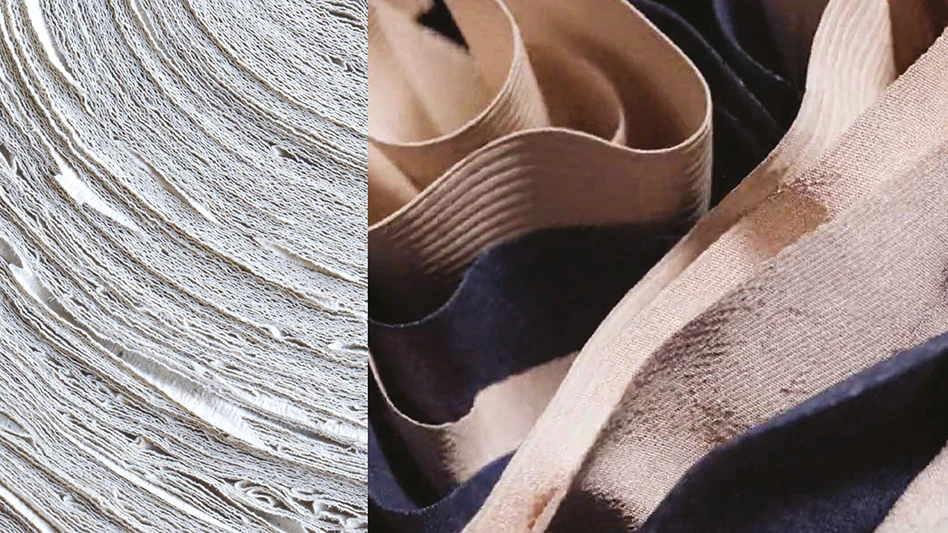
The National Association for PET Container Resources (NAPCOR) has released its “2019 PET Recycling Report,” which cites a U.S. recycling rate of 27.9 percent for polyethylene terephthalate (PET) plastic bottles. This figure represents a slight decrease from 28.9 percent reported in 2018.
NAPCOR reports a North American PET recycling rate of 35 percent. This is the first time in the history of the organization that it has reported a North American PET recycling rate, incorporating recycling statistics from Mexico and Canada in addition to those from the U.S.
The North American rate
Darrel Collier, the executive director of NAPCOR, Charlotte, North Carolina, says, data from Canada and Mexico were included in the 2019 report at the request of the organization’s members, which include PET bottle, sheet and thermoform makers; resin producers; PET reclaimers; and suppliers to the industry in the U.S., Canada and Mexico. He says that even though the populations of Mexico and Canada are smaller than that of the U.S., their PET recycling rates are higher. He attributes this to bottle redemption programs in place in Canada and to the prevalence of waste pickers in Mexico who are recovering PET bottles for recycling because they have a monetary incentive.
While Canada and Mexico help to elevate the overall PET recycling rate in North America, Collier says, “We are not satisfied with where we are; we have to increase the U.S. rate.”
He adds that including the North American rate is in line with a recycling rate threshold recently published by the U.K.-based Ellen MacArthur Foundation. According to the group’s “Global Commitment Progress Report 2020,” a 30 percent recycling/composting rate achieved across multiple regions that together represent a population of at least 400 million are the “suggested thresholds to prove recycling or composting works ‘in practice and at scale.’”
Collection concerns
Collier says, “The PET reclamation industry is primed to receive more bottles to meet the demands of the circular economy, but we still have work to do on the collection side.”
To assist in this area, NAPCOR launched Positively PET earlier this year. The social media campaign directly targets consumers with messaging on the importance of recycling and the proper way to do it. Collier says NAPCOR has been “very pleased with how that is going.”
However, he recognizes more needs to be done to incentivize recycling. “It’s clear we have 10 states that have higher reclamation percentages than the other 40,” Collier says, referencing states with bottle redemption programs. Somehow, we have to incent the consumer to do this.”
The U.S. PET recycling rate must double so that brand owners can meet their commitment to incorporate 25 percent recycled content in their bottles by 2025, he adds. “We’ve got a big hurdle to overcome to get to 25 percent minimum content.”
RPET market shifts
NAPCOR’s report also examines rPET by end markets. In recent years, significant growth has been seen in the food/beverage and nonfood/beverage bottle categories, with total bottle end markets up by 41 percent between 2017 and 2019.
“The increase of postconsumer rPET usage in food/beverage and nonfood/beverage bottles points to a continued commitment toward a circular economy by brand owners,” says Tom Busard, NAPCOR chairman and chief procurement officer for Plymouth, Michigan-based Plastipak Packaging Inc. and president of Clean Tech, Plastipak’s recycling affiliate. “We are encouraged and supportive of this objective.”
The organization adds that that growth was offset by a decline in the PET thermoform and sheet market, which saw a 16 percent decline during the same period. While fiber remains the dominant end market category as a fraction of the total, it grew by less than 1 percent since 2018, according to NAPCOR, which also found that rPET use in strapping decreased by approximately the same percentage.
Collier says the decrease in rPET use in sheeting may be attributable to the overall economy and increased use of virgin PET by thermoform packaging makers, which he describes as a more “competitive” market than bottles. Brand owners also exert less influence in this area, he says. “You don’t have big brands in this business,” Collier says. “It’s not like Coca-Cola has put its name on a thermoform.”
While recycled content in thermoform packaging may not have increased in 2019, he adds that he is encouraged by the recent growth in thermoform recovery for recycling. “We don’t want to throw away any of the molecules.”
Collier says the industry must figure out some of the processing and collection issues related to thermoform packaging. “We are working on this issue. It is a real focal point for us going forward.”
Despite the need for additional work in this area, according to the report, the volume of PET thermoforms collected for recycling in 2019 surpassed the 2018 number, resulting in its highest level to date with 144 million pounds collected. Additionally, in 2019, end market segments within some key thermoform markets announced rPET content commitments.
Reduced exports
NAPCOR derives the recycling rate by using the total volume of recycled PET material collected in the U.S. and purchased by domestic processors (reclaimers) or export markets in 2019—1,774 million pounds—taken as a percentage of the total volume of PET resin used in U.S. bottles and potentially available for recycling—6,365 million pounds. Of that 1,774 million pounds collected, 1,635 million pounds were purchased and processed by domestic PET reclaimers, with the balance of collected material—139 million pounds—sold to export markets, including Canada.
The postconsumer PET recycling data reflects the disruption to global markets that occurred at the start of 2018, with export volumes outside of Canada remaining very low relative to historic levels at just 4 percent of total collection in 2019, according to the report.
Collier says that in 2009, 800 million pounds of PET bottles were exported from the U.S. That figure decreased to 100 million pounds in 2019. “We exported more than we processed in 2009,” he adds. “That has changed dramatically—1 billion pounds—in a decade.”
Despite the growth and investment in domestic PET reclamation capacity that has occurred during that time, Collier says an additional $1 billion in investment is needed to meet forecasted rPET demand from brand owners come 2025. "I'm not as worried about that as about collecting enough," he says, adding that reclaimers will need to be assured of supply to be comfortable making these investments.
Latest from Recycling Today
- ReElement, Posco partner to develop rare earth, magnet supply chain
- Comau to take part in EU’s Reinforce project
- Sustainable packaging: How do we get there?
- ReMA accepts Lifetime Achievement nominations
- ExxonMobil will add to chemical recycling capacity
- ESAB unveils new cutting torch models
- Celsa UK assets sold to Czech investment fund
- EPA releases ‘National Strategy to Prevent Plastic Pollution’





